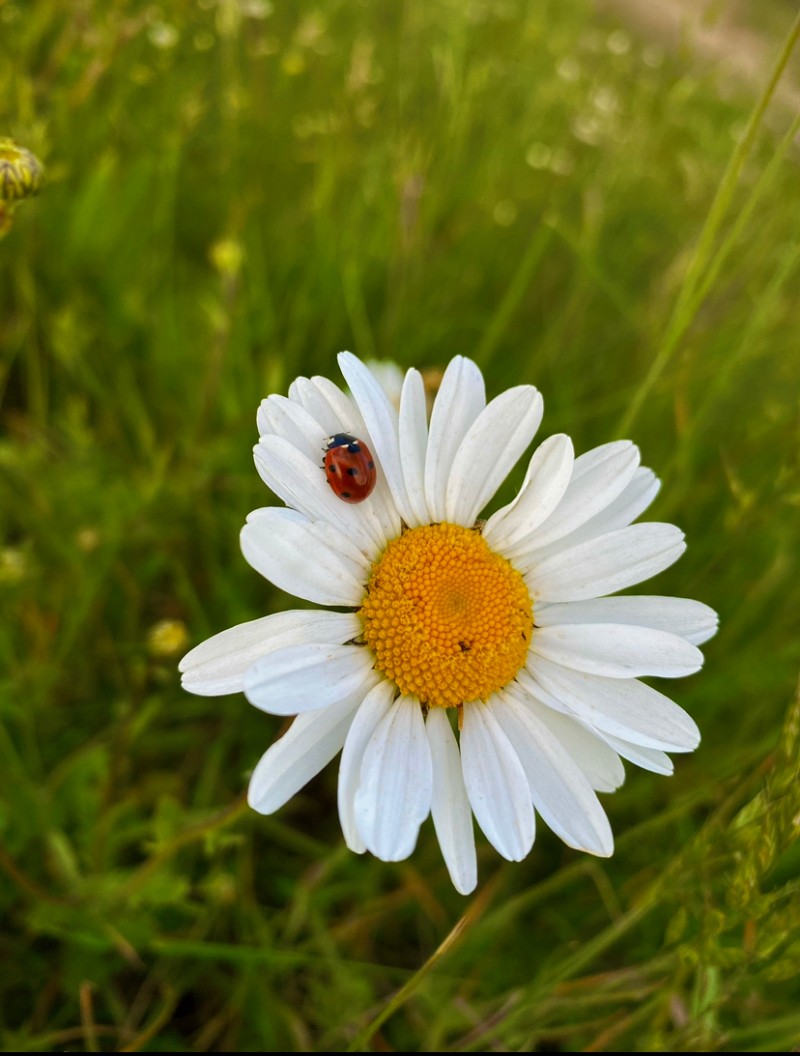Introduction
As we strive to create a more sustainable and eco-friendly world, our methods to control pests have come under scrutiny. Traditional pest control methods, while effective, often involve harsh chemicals that can harm the environment. Sustainable pest control, on the other hand, promotes natural, non-toxic ways to keep pests at bay. This introduction will provide a fundamental understanding of sustainable pest control, underline its importance, and offer a preview of this blog post’s insights.
Understanding Sustainable Pest Control
Sustainable pest control is an approach that prioritizes the use of non-toxic, environmentally-friendly methods to manage pests. Unlike conventional methods, which may rely on harmful pesticides, sustainable pest control seeks to balance the need for pest management to minimize environmental harm.
- It involves various techniques, such as biological, cultural, and physical control methods and botanical and mineral-based pesticides.
- The objective is to keep pest populations manageable rather than eliminate them.
This approach is part of a broader movement toward sustainability and environmental responsibility in all our lives.
Importance of Natural and Non-Toxic Pest Management
The importance of natural and non-toxic pest management cannot be overstated.
- Traditional pest control methods often involve chemicals that can harm the environment and may pose health risks to humans and other non-target species.
- Pesticides can contaminate soil, water, turf, and other vegetation. In addition to killing pests, these toxic chemicals can harm or kill non-target species, disrupting ecosystems and biodiversity.
- by utilizing non-toxic methods, sustainable pest control minimizes these risks, contributing to healthier ecosystems and a safer environment for all life forms.
Brief Overview of the Blog Post Content
This blog post will delve deeper into sustainable pest control. It will compare traditional methods with sustainable ones, provide insight into various types of natural pest control—including biological, cultural, mechanical, and the use of natural pesticides—and introduce the concept of Integrated Pest Management (IPM). The role of sustainable pest control in organic farming will also be highlighted.
- In the subsequent sections, you’ll learn about the various sustainable pest control methods available, how they work, and their benefits.
- We’ll also discuss the importance of integrating different methods into a cohesive approach to pest management.
- Finally, we’ll explore how sustainable pest control is essential to organic farming and why it’s the future of pest management.
As we move through these topics, you’ll gain a comprehensive understanding of sustainable pest control and why it’s a crucial part of our journey toward a more sustainable world.
Traditional vs. Sustainable Pest Control Methods
When we think about pest control, it’s critical to understand the impacts of our methods. The traditional route can bring immediate results but often carries hidden costs to our environment and ecosystem. This section will compare conventional and sustainable pest control methods, discuss the environmental implications of chemical pesticides, and illustrate the role of sustainable pest control in ecosystem preservation.
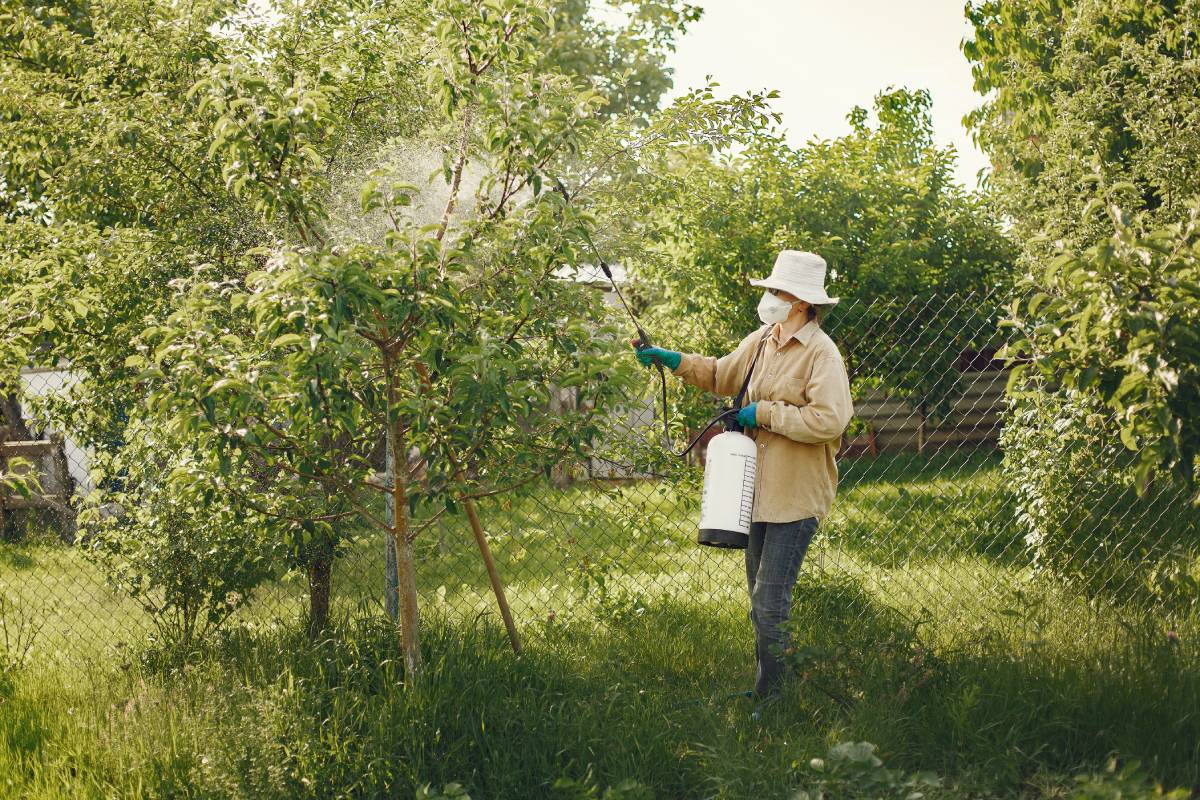
Comparison of Traditional and Sustainable Pest Control Methods
Traditional and sustainable pest control methods present a stark contrast in their approach to dealing with pests, each with distinct implications.
-
Traditional pest control typically involves synthetic chemical pesticides. These methods, while effective, are akin to using a sledgehammer to crack a nut. Chemical pesticides do not discriminate, often affecting non-target species and leading to biodiversity loss. Furthermore, pests can develop resistance to these chemicals, showing an escalated ‘arms race’ requiring ever stronger, more toxic substances.
-
Sustainable pest control, on the other hand, takes a more nuanced, ‘eco-friendly’ approach. Rather than trying to eradicate pests, sustainable methods aim to keep them at acceptable levels using natural, non-toxic means. This could involve biological control (using natural predators, parasites, or pathogens of the pest), cultural control (adjusting the environment to make it less hospitable to pests), or mechanical control (using physical barriers or traps).
The Impact of Chemical Pesticides on the Environment
Chemical pesticides, while undeniably effective at pest control, carry severe environmental costs.
- Soil, water, and air contamination is a major concern. Chemical pesticides can leach into water bodies and groundwater or adhere to soil particles, resulting in long-term environmental pollution.
- Biodiversity loss is another significant impact. By killing non-target species, including beneficial insects, chemical pesticides disrupt ecosystems and food chains.
- Indirect environmental effects, such as the loss of pollinators due to pesticide exposure, can also pose major challenges. Without pollinators, our food supply and the health of ecosystems are at risk.
How Sustainable Pest Control Helps Protect the Ecosystem
Sustainable pest control methods, in contrast, offer ways to manage pests while reducing harm to our ecosystems.
- Reduced chemical inputs mean that fewer toxic substances enter our environment, decreasing the likelihood of soil and water contamination.
- Support for biodiversity is another significant benefit of sustainable pest control. By targeting only specific pests and using natural predators or other biological controls, these methods minimize harm to non-target species.
- Healthier soil and water result from avoiding chemical residues that traditional pesticides would otherwise leave behind.
In summary, sustainable pest control methods provide an environmentally friendly, effective alternative to traditional chemical-based approaches. They remind us that living harmoniously with nature often involves understanding and leveraging natural processes rather than trying to dominate them. The following sections will explore specific sustainable pest control techniques and their applications.
Biological Pest Control
A key approach to sustainable pest management is biological control methods. Rather than applying synthetic pesticides, these techniques harness the power of nature to control pest populations. This section will provide an overview of biological pest control, explore the role of beneficial predators and parasites, and offer insight into implementing these methods.
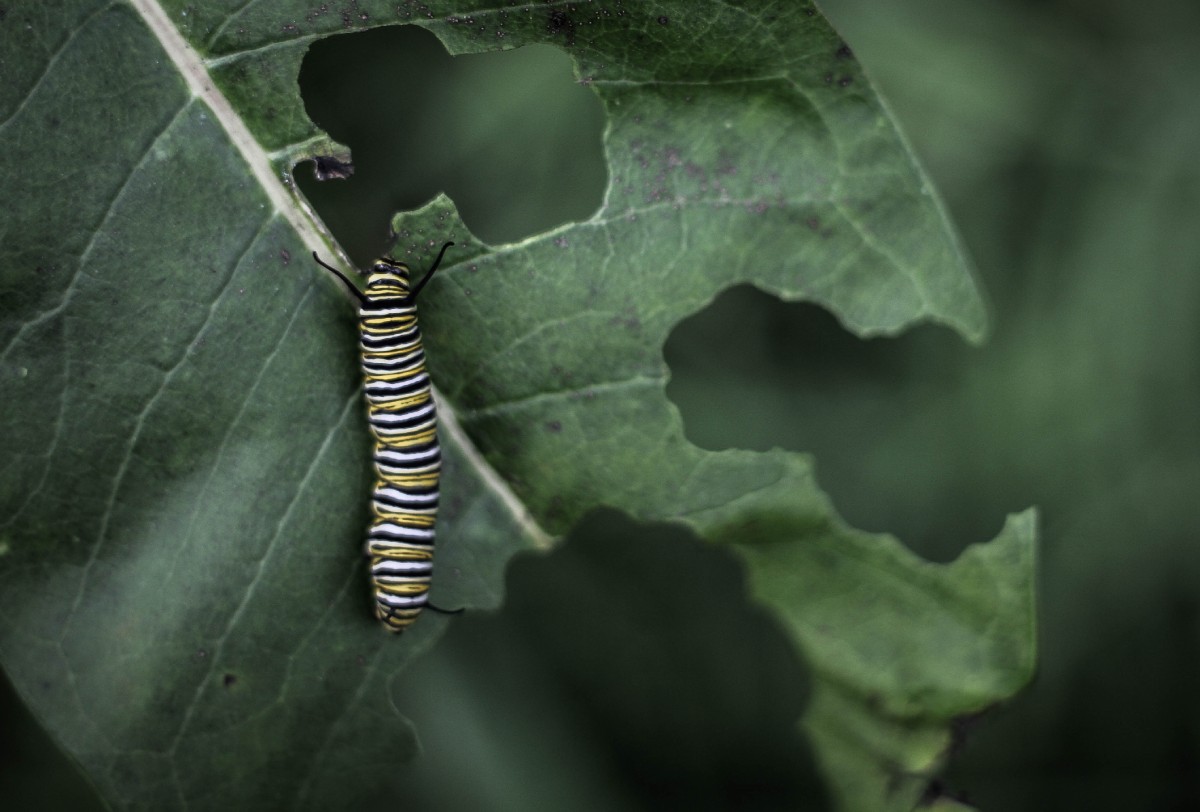
Introduction to Biological Pest Control
Biological pest control is managing pests by utilizing their natural enemies. This method typically involves introducing, enhancing, or encouraging specific predators, parasites, or pathogens that negatively affect pest populations.
- Predators are creatures that hunt and kill pests.
- Parasites are organisms that live on or in a host organism (the pest) and feed off it, often to the host’s detriment.
- Pathogens are bacteria, viruses, or fungi that cause disease in pests, ultimately leading to their decline or death.
Using these biological agents can naturally reduce pest numbers without resorting to harmful chemicals.
Beneficial Predators and Parasites
Several types of organisms can act as beneficial predators or parasites in the context of biological pest control. Here are some examples:
- Insects: Ladybugs, lacewings, and praying mantises are all predators of common garden pests like aphids and caterpillars.
- Birds: Many bird species feed on insects and can play a vital role in controlling pests.
- Parasitic wasps: These insects lay their eggs inside pests. When the eggs hatch, the larvae feed on the host, eventually killing it.
Not all these creatures may be native to your area or suitable for your specific pest problem, so it’s crucial to do your research before introducing them.
Implementing Biological Pest Control Methods
Implementing biological pest control methods requires some planning and knowledge. Still, it can be a very effective and sustainable way to manage pests.
- Know your pests and their natural enemies: Research is crucial here. To ensure compatibility and effectiveness, you need to understand the life cycles and behaviors of both the pest and the intended biological control agent.
- Provide a suitable environment: For biological control agents to thrive and do their job, they need a suitable habitat. This might involve providing food sources, shelter, or specific plants for them to lay their eggs on.
- Monitor and adjust: Keep an eye on the pest and predator populations and adjust your strategy if necessary. Biological control isn’t about instant results but a long-term balance.
Biological control is an effective tool in the sustainable pest management toolbox, with the potential to reduce our reliance on harmful chemical pesticides significantly. The following sections explore other techniques to achieve sustainable pest control.
Cultural Pest Control
Moving forward in exploring sustainable pest control methods, we now delve into cultural pest control. This method involves changing the environment, the host’s condition, or the pest’s behavior to prevent or suppress an infestation. We will examine what cultural pest control encompasses, look into crop rotation and interplanting practices, and discuss the importance of soil management and sanitation.
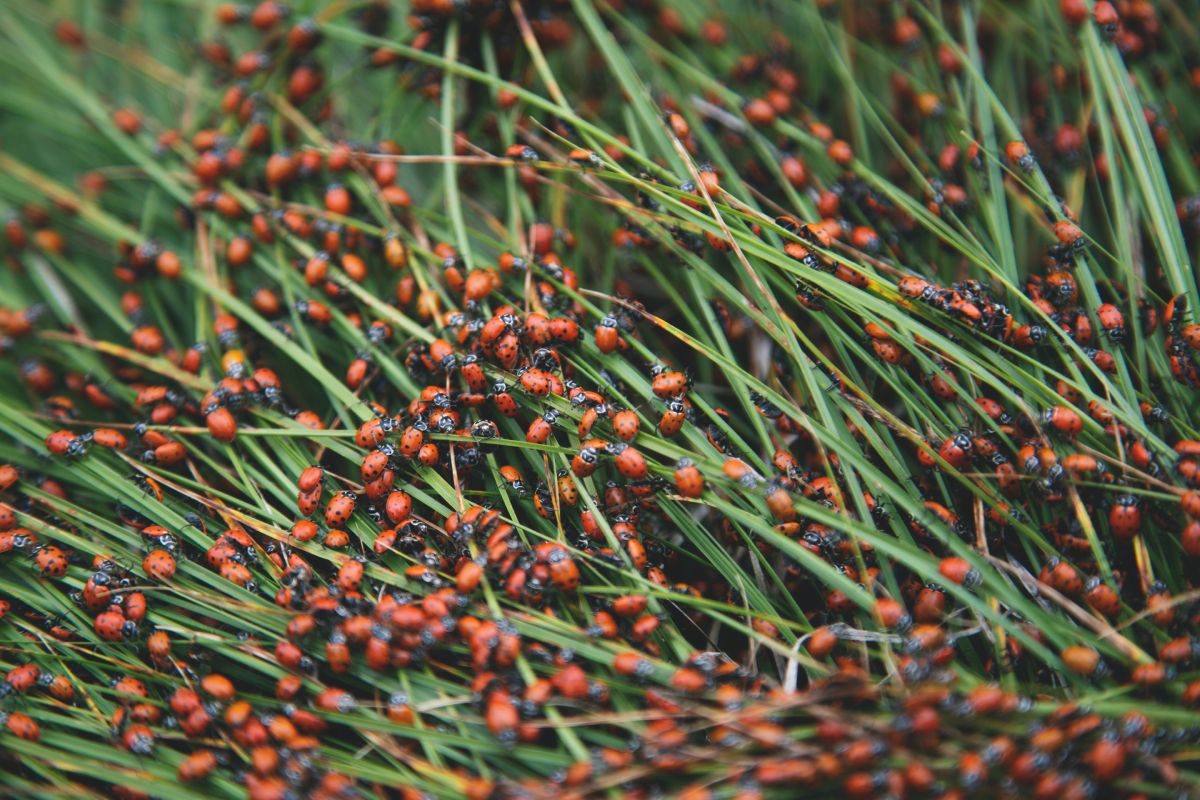
Overview of Cultural Pest Control
Cultural pest control refers to practices that reduce pest establishment, reproduction, dispersal, and survival. These strategies are typically preventive and aim to make the environment less conducive to pests. They can be simple changes in how we manage our gardens or farms that make a big difference in pest populations. Examples include the selection of pest-resistant varieties, proper irrigation techniques, and soil health management.
Crop Rotation and Interplanting
One effective cultural control method is crop rotation. This practice involves growing different types of crops in the same area in sequenced seasons. It’s a powerful strategy that can disrupt the life cycle of pests, reducing their numbers.
- For instance, a pest that feeds on a particular crop will find its food source removed when a different crop is grown in the next season.
Interplanting is another similar approach involving growing two or more crops in the same space. It creates a diverse environment where pests are less likely to thrive. Pests often prefer specific plants, and the pests can’t spread as easily by mixing plants.
- An example of interplanting could be growing a mix of carrots and onions. Onion’s strong smell can deter carrot fly, a common pest for carrot crops.
Soil Management and Sanitation
Soil management and sanitation play critical roles in cultural pest control. Healthy soil with beneficial microbes and nutrients can support stronger plants that are more resilient to pests and diseases.
- Practices like composting, mulching, and cover cropping can improve soil health and, thus, plant health.
Sanitation, another critical aspect, refers to the cleanliness of the garden or farm area. Removing dead or diseased plants and cleaning tools can prevent the spread of pests and diseases.
- For example, fallen fruit can attract pests, so that regular clean-up can reduce pest numbers.
Cultural pest control methods are about making your garden or farm less inviting for pests. They require some planning and effort but can lead to healthier plants and reduced pest problems. Plus, they are entirely natural and sustainable, making them an excellent choice for the environmentally conscious gardener or farmer.
Mechanical and Physical Pest Control
The fifth section of our exploration of sustainable pest control delves into mechanical and physical methods. These strategies involve using equipment or physical techniques to remove or eliminate pests directly, often providing immediate and efficient results. We will cover these methods, discuss the utilization of traps, barriers, and hand-picking, and lastly, venture into thermal and electronic pest control strategies.

Introduction to Mechanical and Physical Methods
Mechanical and physical pest control uses devices, machinery, or simple hand tools to keep pests away. These methods are often straightforward, non-toxic, and effective, making them valuable to an integrated pest management strategy. These strategies can sometimes require a more hands-on approach and consistent monitoring.
Traps, Barriers, and Hand-picking
The application of traps and barriers is a common mechanical pest control strategy. Traps can be particularly useful for controlling small populations of pests. Different traps are available depending on the pest, including light traps for moths and sticky traps for insects.
On the other hand, barriers are structures or materials that prevent pests from reaching the plants. For example, a net can provide a physical barrier protecting crops from bird damage.
Hand-picking is one of the simplest forms of mechanical pest control and can be effective in smaller garden settings. As the name suggests, this involves manually removing pests from plants. While it’s unsuitable for large infestations, it can be useful for smaller gardens or specific pest problems.
Heat, Cold, and Electronic Pest Control
Another aspect of physical pest control involves manipulating the environment’s temperature. Certain pests are sensitive to extreme temperatures. Methods such as soil solarization, where plastic sheets trap solar heat in the soil, can effectively control soil-borne pests.
Cold treatments can also be effective against certain pests. For instance, freezing-infested items can greatly eliminate pests like carpet beetles or clothes moths.
Electronic pest control is a relatively new form of pest management that uses devices to repel or kill pests. These devices can use ultrasonic sound waves, electromagnetic fields, or light to deter pests.
Mechanical and physical pest control methods can be essential to sustainable pest management. They can provide immediate control over pests and, when combined with other methods, can contribute to a comprehensive, eco-friendly pest control strategy.
Botanical and Mineral-Based Pesticides
In our journey of understanding sustainable pest control, we now transition into botanical and mineral-based pesticides. These naturally occurring substances deter or eliminate pests without the harmful side effects of synthetic pesticides. This section will familiarize you with the concept of botanical and mineral-based pesticides, explore some common types, and discuss best practices for their usage.
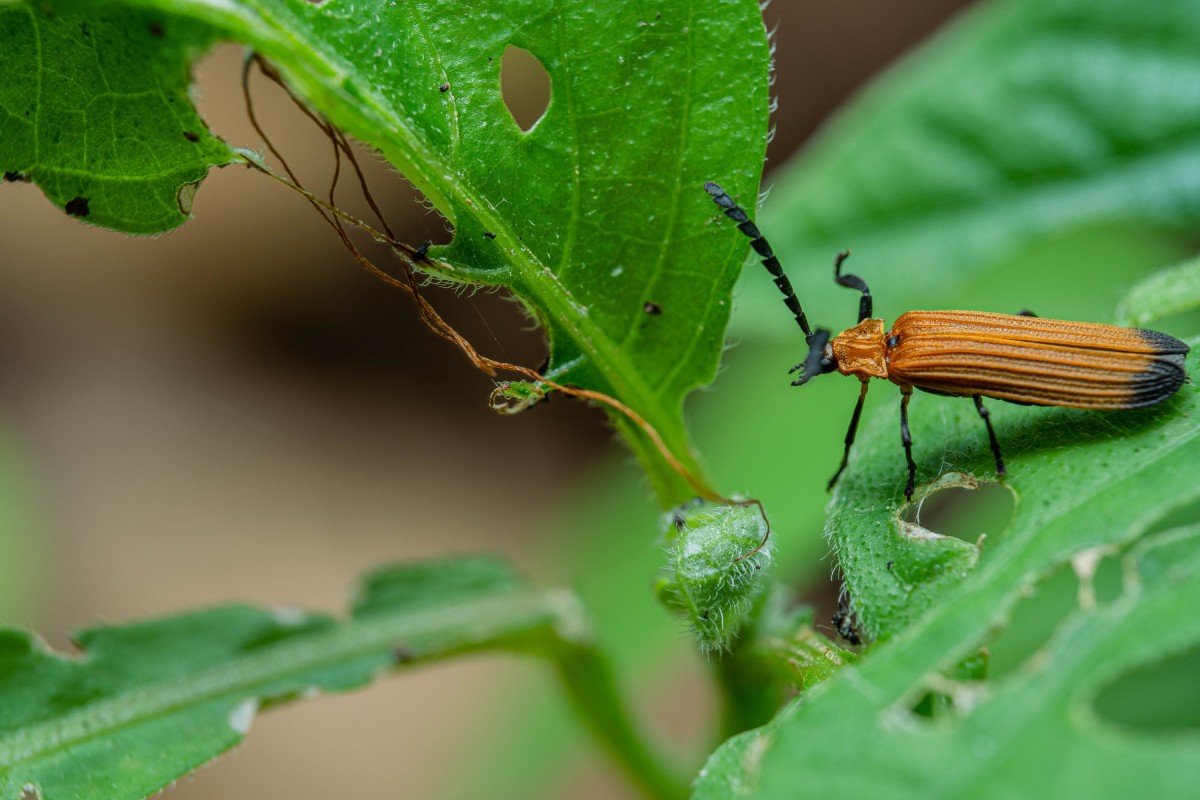
Understanding Botanical and Mineral-Based Pesticides
Botanical and mineral-based pesticides are derived from plants and minerals, respectively. They are an excellent example of how nature can effectively solve pest problems.
Botanical pesticides, also known as botanicals, are derived from plants. They contain active ingredients that repel, deter, or kill pests. On the other hand, mineral-based pesticides are substances like sulfur, diatomaceous earth, or copper that are effective against certain pests.
The major advantage of these natural pesticides is that they are typically less toxic to non-target species and are biodegradable, reducing their environmental impact. However, like all pest control methods, they should be used judiciously and as part of a broader integrated pest management strategy.
Common Types of Natural Pesticides
There are several common types of botanical and mineral-based pesticides. One widely used botanical pesticide is pyrethrum, derived from the Chrysanthemum plant’s flowers and is effective against various insects.
Neem oil, extracted from the seeds of the neem tree, is another versatile botanical pesticide. It acts as an insect repellent and can disrupt the life cycle of insects at all stages.
On the mineral side, diatomaceous earth is a common and effective pesticide. It’s a powder made from fossilized aquatic organisms. It works by penetrating the exoskeleton of insects, causing them to dehydrate and die.
Best Practices for Using Natural Pesticides
While natural pesticides are a safer alternative, they should still be used responsibly. Here are some best practices:
- Only use pesticides when necessary. Not all insects or bugs in your garden are harmful. Many are beneficial and help control pest populations.
- Apply pesticides during the cooler parts of the day to minimize harm to beneficial insects.
- Use them as part of an integrated pest management approach, combining them with other biological and cultural control strategies.
- Follow label instructions on usage and disposal to ensure they’re used safely and effectively.
Botanical and mineral-based pesticides can be essential to your sustainable pest control arsenal. Used correctly, they offer an effective and environmentally friendly way to protect your plants from pests.
Integrated Pest Management (IPM)
While each sustainable pest control method has unique advantages, implementing them in isolation isn’t typically the best strategy. This is where Integrated Pest Management (IPM) comes in, a multifaceted, sustainable approach to pest control. This section will define IPM, examine its key components, and delve into the critical roles of monitoring and threshold levels within an IPM framework.
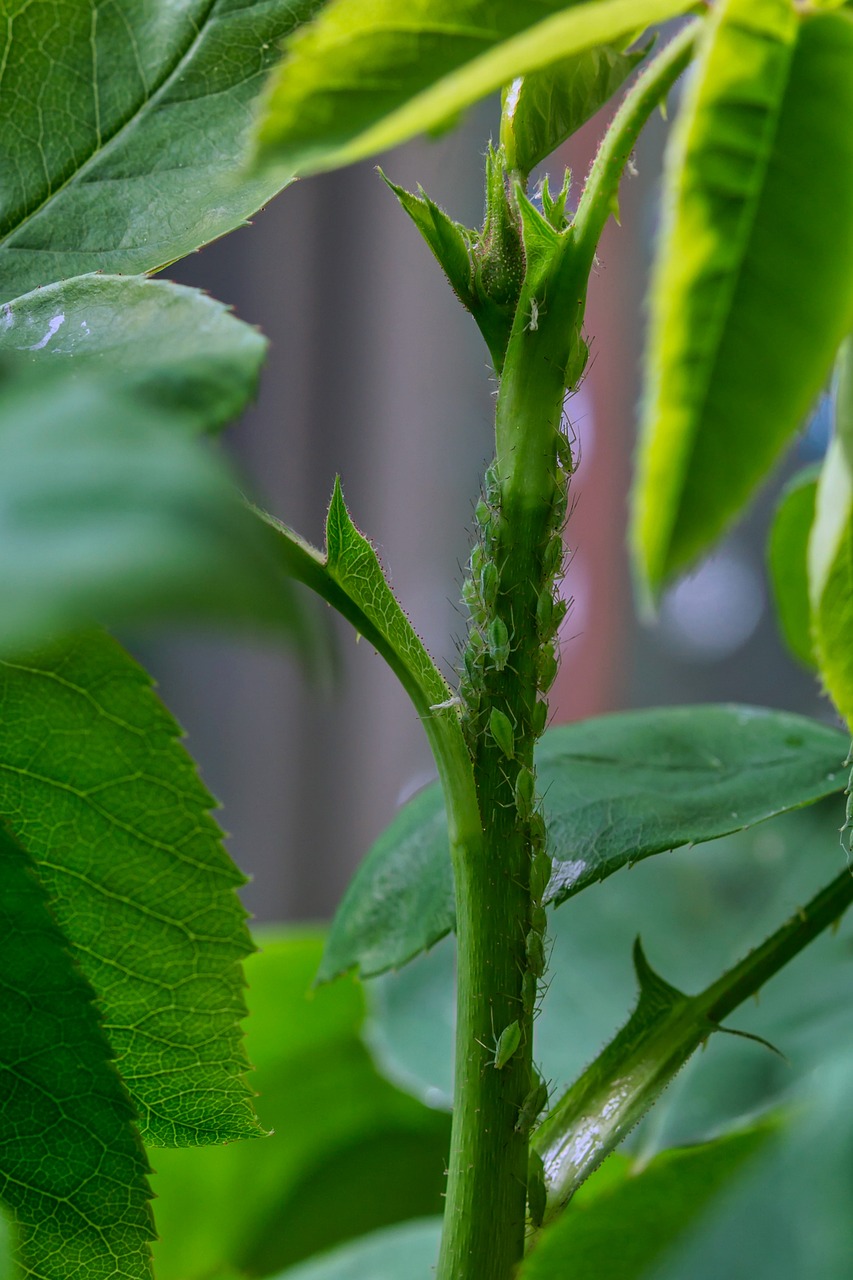
Defining Integrated Pest Management
Integrated Pest Management (IPM) is a systematic approach that blends various sustainable pest management strategies. It aims to suppress pest populations to acceptable levels while minimizing risks to human health, beneficial and non-target organisms, and the environment.
IPM isn’t a single pest control method but a series of pest management evaluations, decisions, and controls. It encourages using natural pest control mechanisms and uses pesticides as a last resort. IPM considers the life cycle of pests and their interaction with the environment to manage pest damage effectively and economically.
Key Components of an IPM Approach
An effective IPM approach has several key components:
- Prevention: This involves implementing cultural practices to prevent pest problems before they occur. Examples include using pest-resistant plant varieties, rotating crops, and maintaining healthy soil.
- Monitoring: Regular observation of plants and the surrounding environment helps to detect pest problems early before they can cause significant damage.
- Identification: Proper identification of pests is critical. Misidentification can lead to unnecessary or ineffective treatments.
- Decision Making: After monitoring and identifying pests, decisions need to be made about whether pest control is necessary based on established threshold levels.
- Control: When pest control becomes necessary, an array of methods can be employed, starting with less risky options such as biological and cultural controls, then moving to pesticides if essential and effective.
The Role of Monitoring and Threshold Levels in IPM
Monitoring and threshold levels play crucial roles in an IPM approach. Monitoring, the regular observation of pests and their potential habitats, allows for early detection of pest problems. It can be as simple as visually inspecting plants or as complex as using traps and other detection devices.
On the other hand, threshold levels are the point at which pest populations or environmental conditions indicate that pest control action must be taken. These thresholds are vital as they help prevent unnecessary or premature use of pest control measures, particularly pesticides. Control measures are usually extreme if pest numbers do not exceed the threshold.
In conclusion, Integrated Pest Management is a comprehensive and environmentally sensitive approach to pest control. It integrates various sustainable methods and relies on accurate pest identification, regular monitoring, and informed decision-making, ultimately aiming to reduce reliance on chemical pesticides and promote a healthier environment.
Role of Sustainable Pest Control in Organic Farming
Sustainable pest control is more than just beneficial to the environment. It plays a pivotal role in the expanding field of organic farming. Organic farming requires non-chemical, environmentally friendly pest control methods and promotes a healthy and balanced ecosystem. This section will discuss the role of sustainable pest control in organic farming, describe certified organic pest control methods, and outline the benefits organic pest control presents to farmers and consumers.
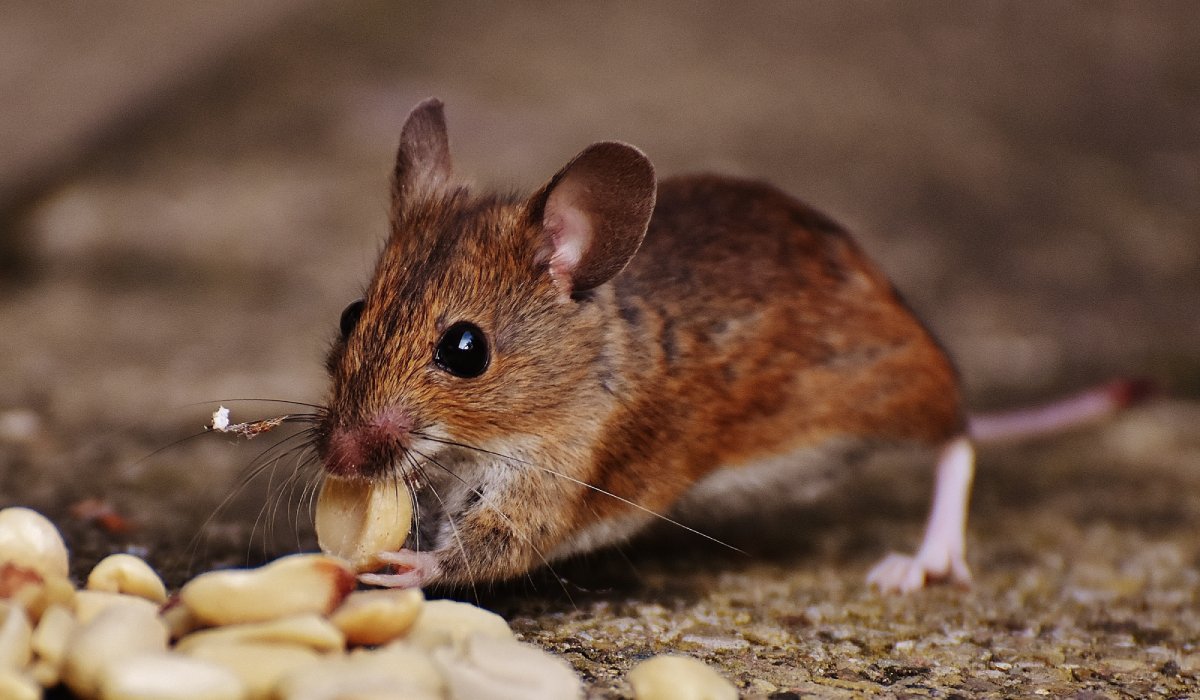
Sustainable Pest Control in the Context of Organic Farming
In the context of organic farming, sustainable pest control takes center stage. Organic standards prohibit synthetic pesticides and genetically modified organisms (GMOs), making adopting sustainable, non-toxic pest control methods a necessity. Such methods help maintain ecological balance and biodiversity while keeping pests in check. They range from biological and cultural pest control strategies to mechanical and physical methods and the use of certain approved natural pesticides.
Certified Organic Pest Control Methods
Certified organic farming relies heavily on preventative pest control methods. Here are some key techniques:
- Biological control: This involves using beneficial organisms, such as predatory insects or parasitic nematodes, to control pests.
- Cultural control: Crop rotation, interplanting, and other farming practices help to disrupt the pest life cycle and make the environment less hospitable to pests.
- Mechanical and physical controls: These methods include using traps, barriers, hand-picking of pests, and other non-chemical techniques.
- Botanical and mineral-based pesticides: Organic farmers may use certain natural pesticides when other methods are insufficient. These substances are derived from plants and minerals and break down quickly in the environment, causing minimal harm to non-target species.
It’s essential to note that using any pesticide, even natural ones, is typically a last resort in organic farming, used only when other methods fail to keep pest numbers below acceptable thresholds.
Benefits of Organic Pest Control for Farmers and Consumers
Organic pest control offers significant benefits, not only for farmers but also for consumers and the environment:
- Farmers gain from the long-term sustainability of their land. Organic methods build healthy soils, promote biodiversity, and can lead to decreased input costs over time.
- Consumers who choose organic products can avoid potential health risks associated with residues of synthetic pesticides. Plus, many people find that organic produce tastes better!
- The environment benefits from reduced chemical pollution, preservation of beneficial species, and greater biodiversity.
In conclusion, sustainable pest control methods are integral to organic farming, aligning with its philosophy of working with nature rather than against it. These methods ensure that our agricultural systems are healthier, more resilient, and better for both people and the planet.
Conclusion
As we conclude our exploration into sustainable pest control, it’s clear that these natural and non-toxic approaches are more than just a passing trend. They are the future of pest management, offering powerful solutions that are kind to our health and the environment. This section will recap the different sustainable pest control methods discussed, underscore the importance of choosing non-toxic methods, and encourage you, the reader, to implement these practices.
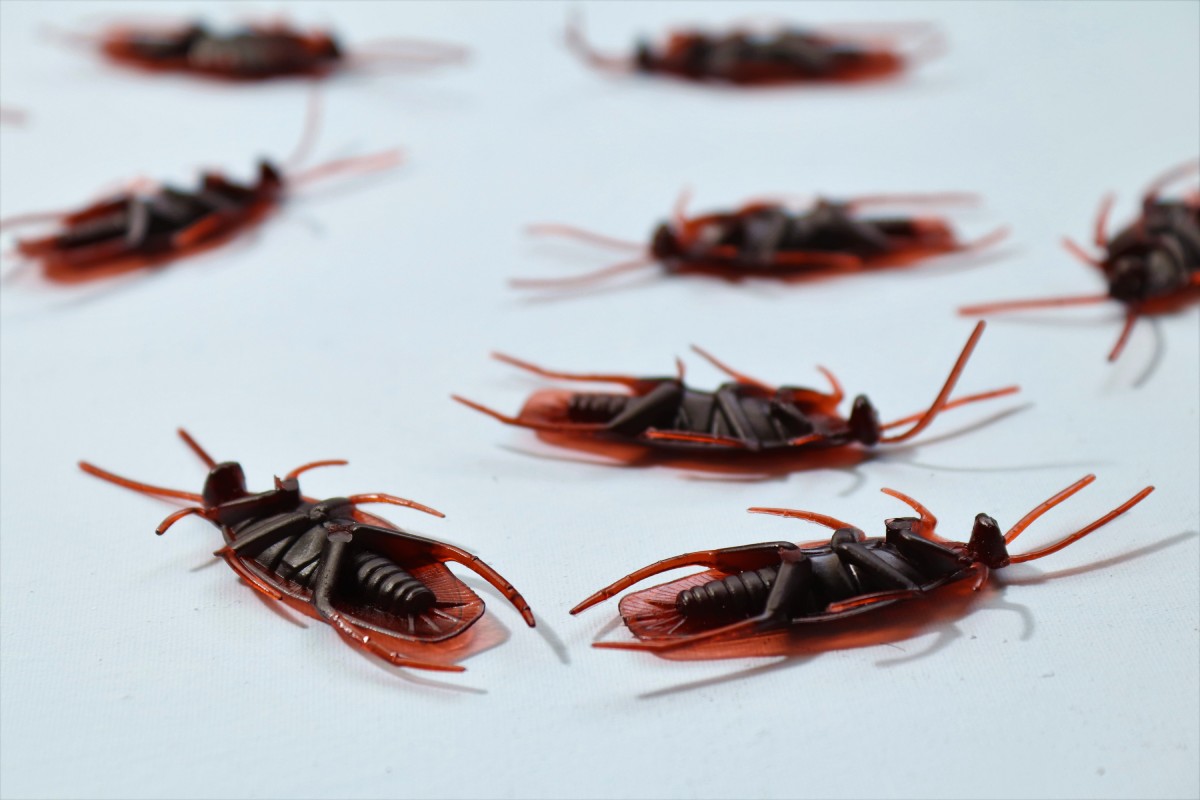
Recap of Sustainable Pest Control Approaches
From biological control that uses nature’s mechanisms to fight pests to time-tested methods of cultural control like crop rotation and interplanting, sustainable pest control offers a variety of techniques to tackle pest problems. We’ve also examined mechanical and physical methods, such as traps, barriers, temperature control, and botanical and mineral-based pesticides that break down quickly and cause minimal harm to non-target species. Finally, we looked at Integrated Pest Management. This comprehensive approach combines all these methods and sustainable pest control’s essential role in organic farming.
The Importance of Choosing Natural, Non-Toxic Methods
While reaching for the quickest, most lethal solution to a pest problem might be tempting, the cost of such actions often outweighs the immediate benefits. Chemical pesticides can harm non-target species, disrupt ecosystems, and leave toxic residues. On the other hand, sustainable, non-toxic pest control methods work with nature, not against it. They can effectively manage pests while preserving biodiversity, promoting healthy soils, and protecting our health and the health of our planet.
Encouraging Readers to Implement Sustainable Pest Control
Ultimately, the choice is ours. Every time we decide how to deal with pests—whether in our gardens, homes, or farms—we can choose to support sustainability. By choosing non-toxic, sustainable pest control methods, we can each play a part in protecting our environment and making our world healthier for future generations.
This change doesn’t have to be dramatic. Start small. It could be attracting beneficial insects to your garden, rotating your crops, or purchasing organic produce. Every small step contributes to a larger impact.
The future of pest control is not just about extermination. It’s about finding a balance and managing pests in a way that respects all life and the intricate ecological webs that sustain us. As we move forward, let’s carry with us the knowledge of these sustainable pest control methods and the understanding that, when dealing with pests, there is a better way—a sustainable, natural, and non-toxic way.

